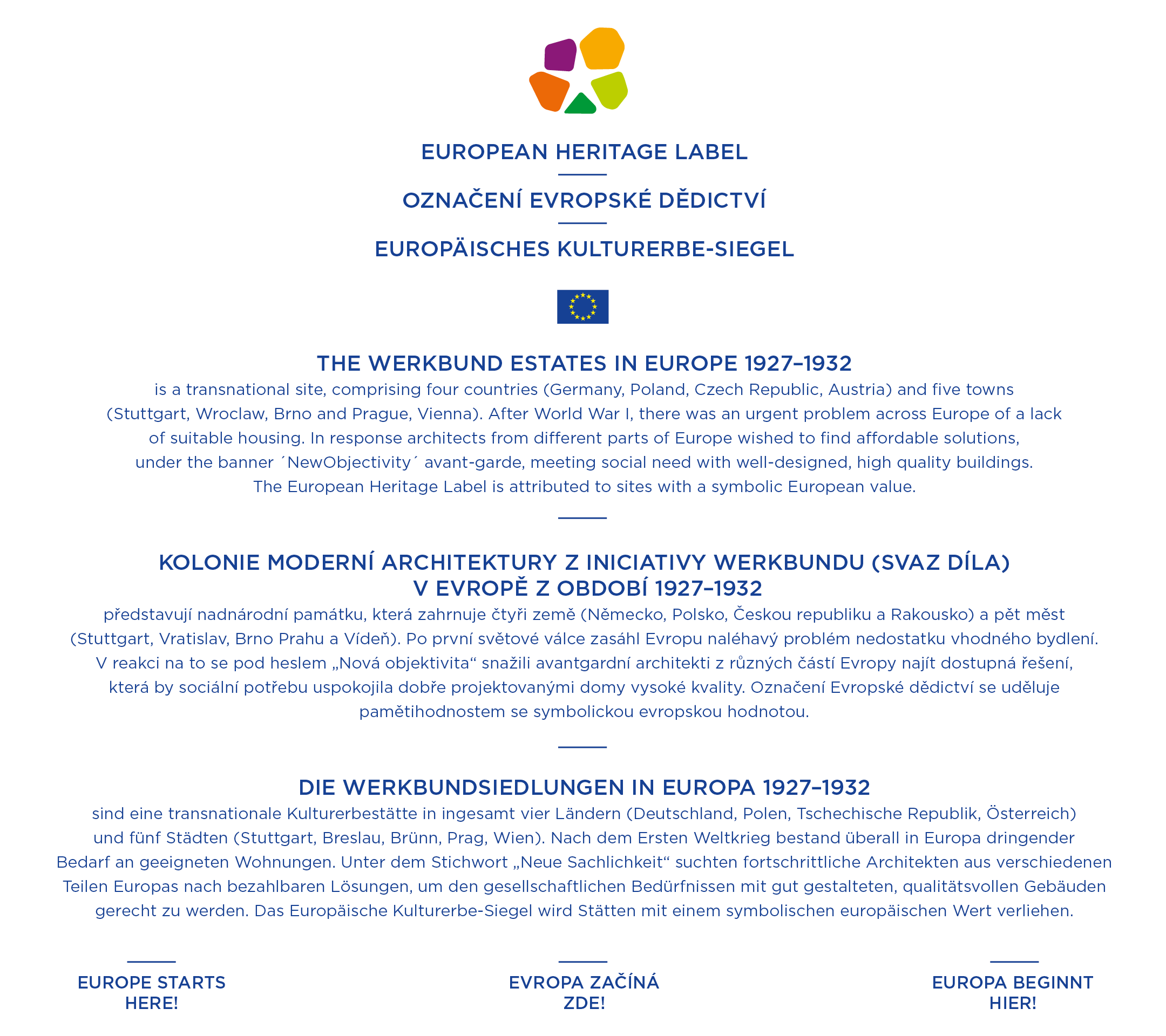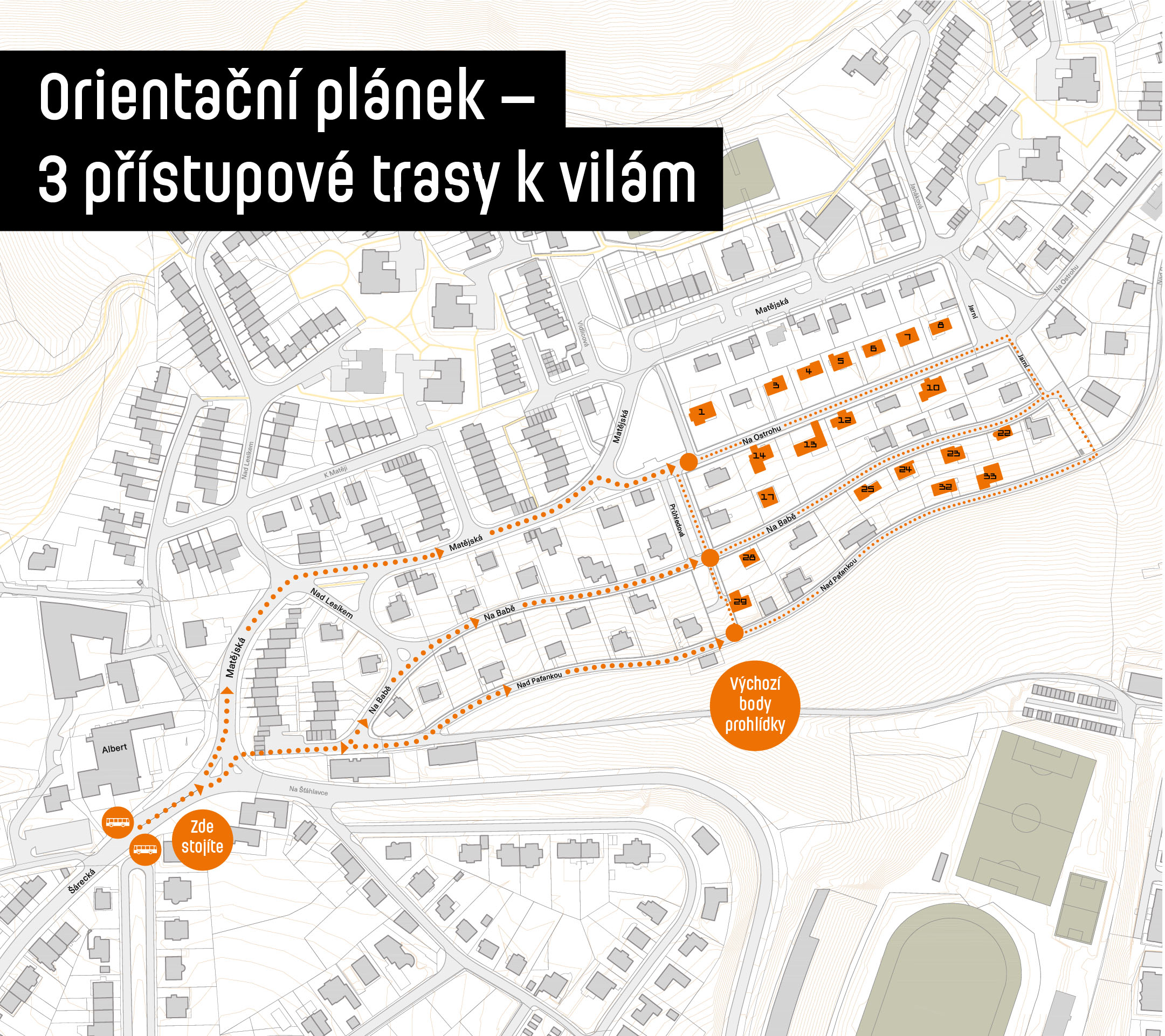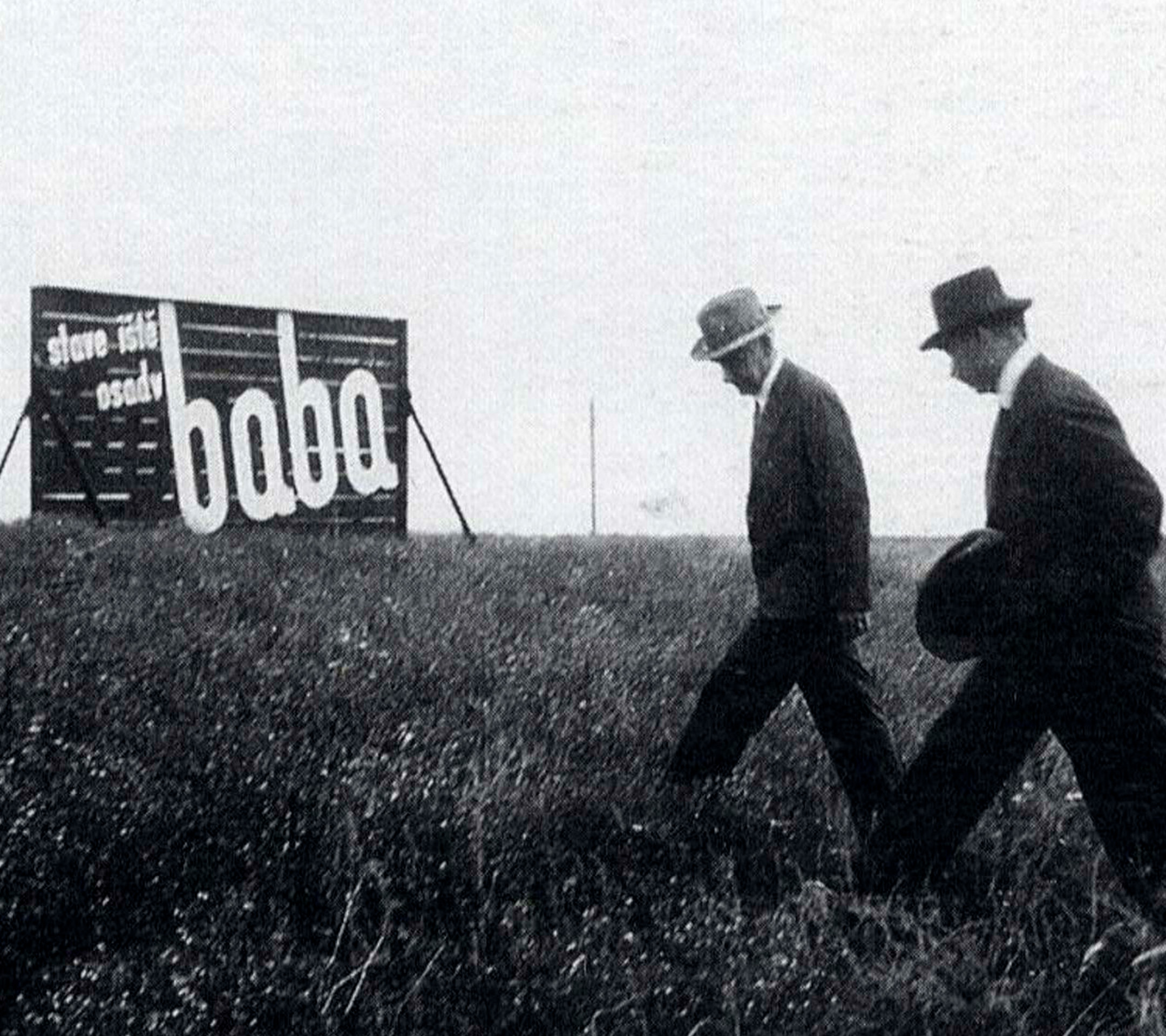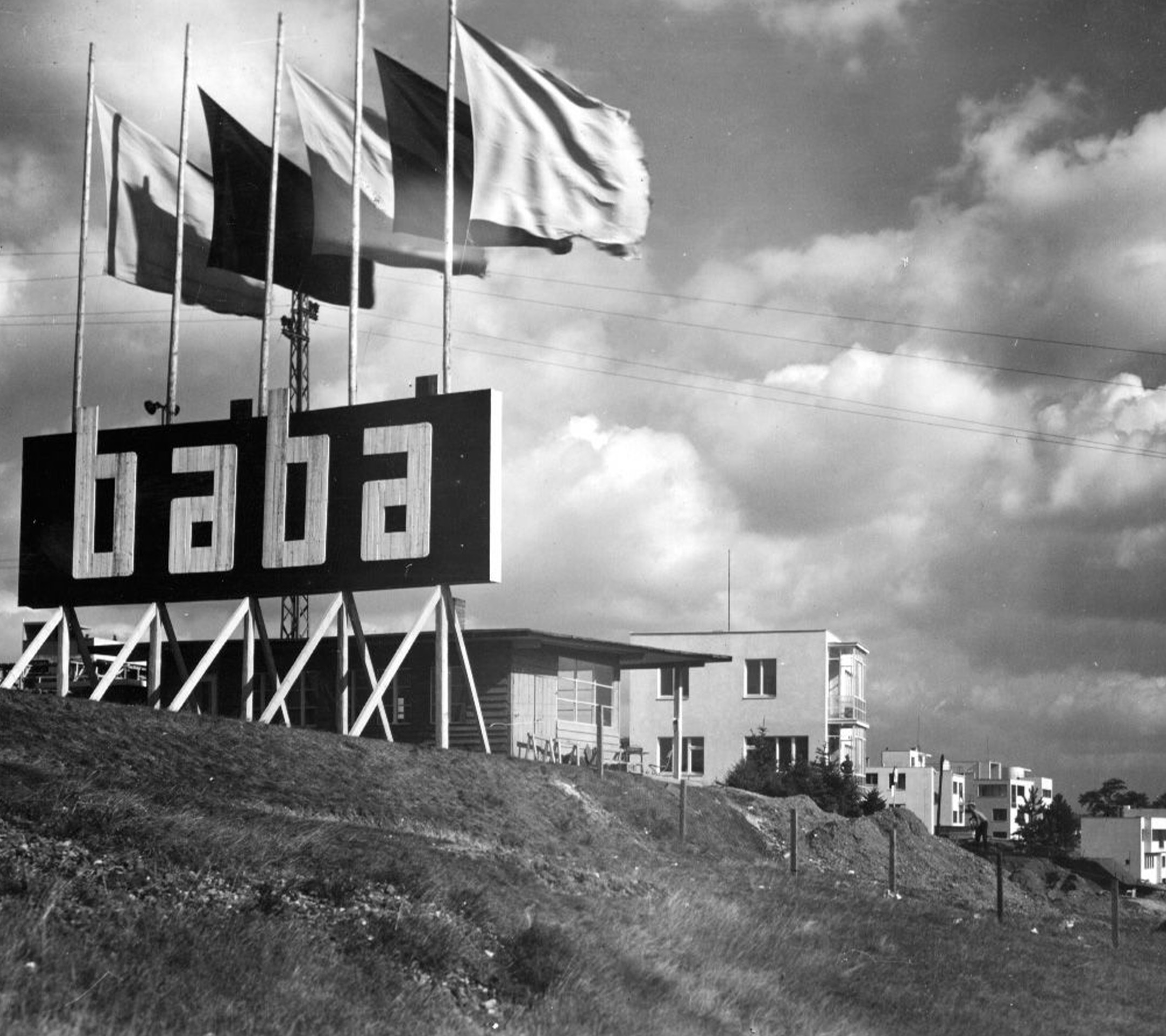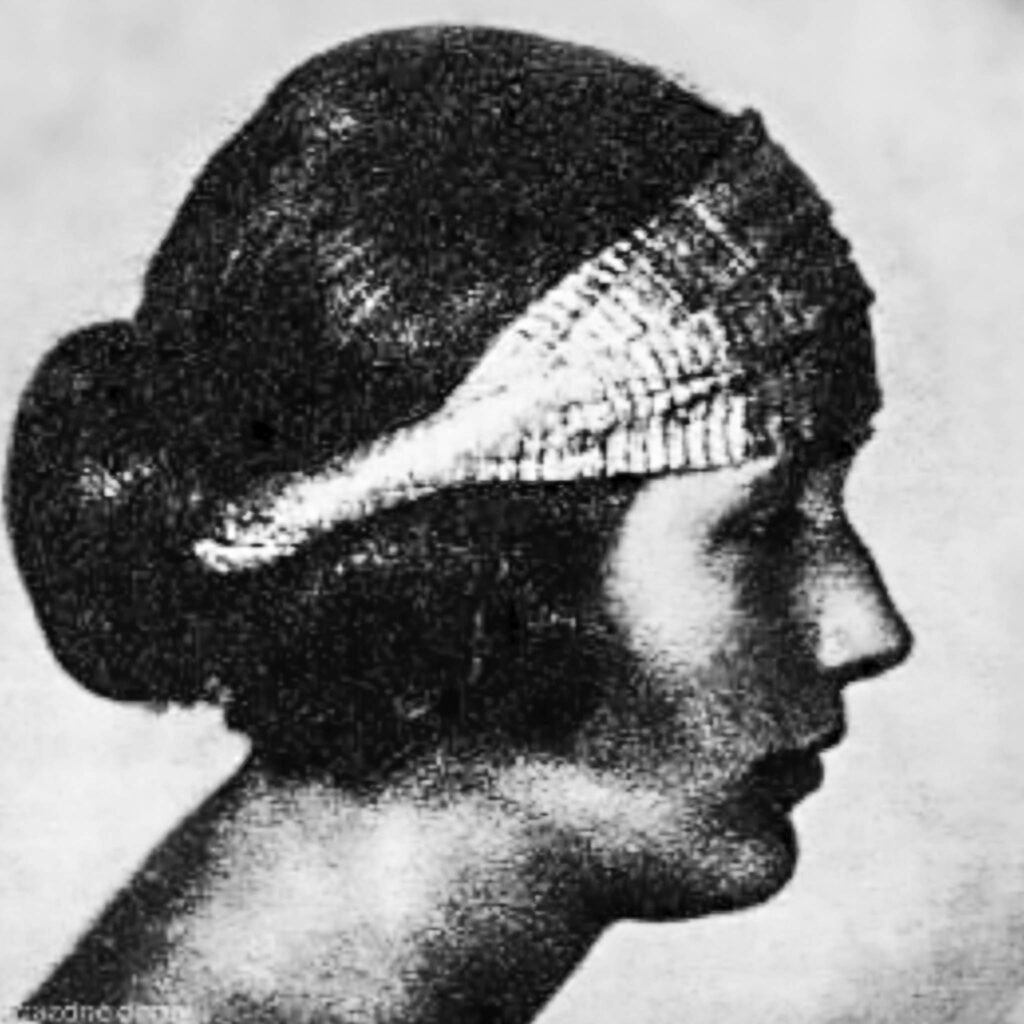
1922-1927
studied architecture with Professors Karel Štípl, Josef Mařatka and Pavel Janák at the Academy of Arts, Architecture, and Design in Prague
1928-1937
independent architect and designer in Prague
1937
architect in Stockholm, where her husband Jaroslav Kučera worked as the ambassador
Significant Works
1928
restaurant terrace in Barrandov, Prague
1932
houses of Karel Balling and Antonia and Václav Suk, Baba, Prague-Dejvice
standard-type kitchen for Zenobie Vítězová, Přerov
several interior furnishings and designs for private clients
1933
participation in the “Apartment” exhibition of the Czechoslovak Werkbund (SČSD) in Prague
1934
house in Dobřichovice
